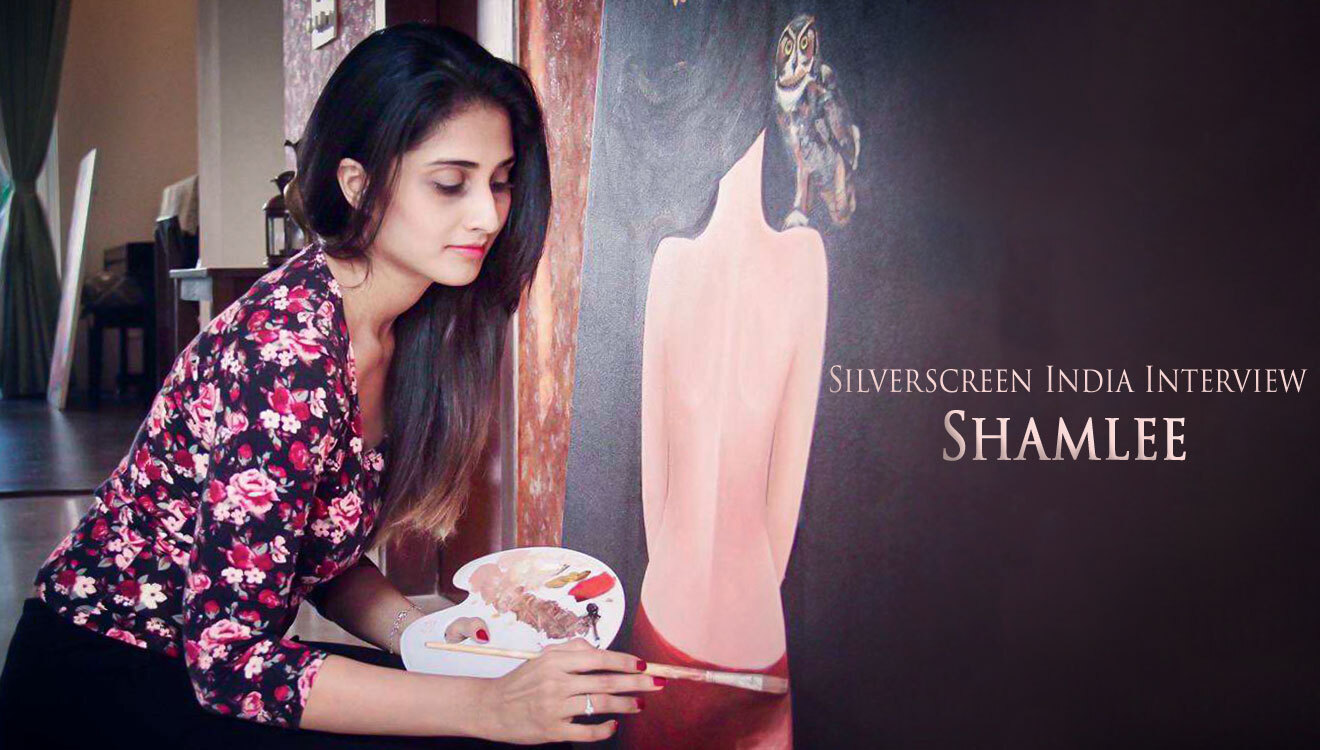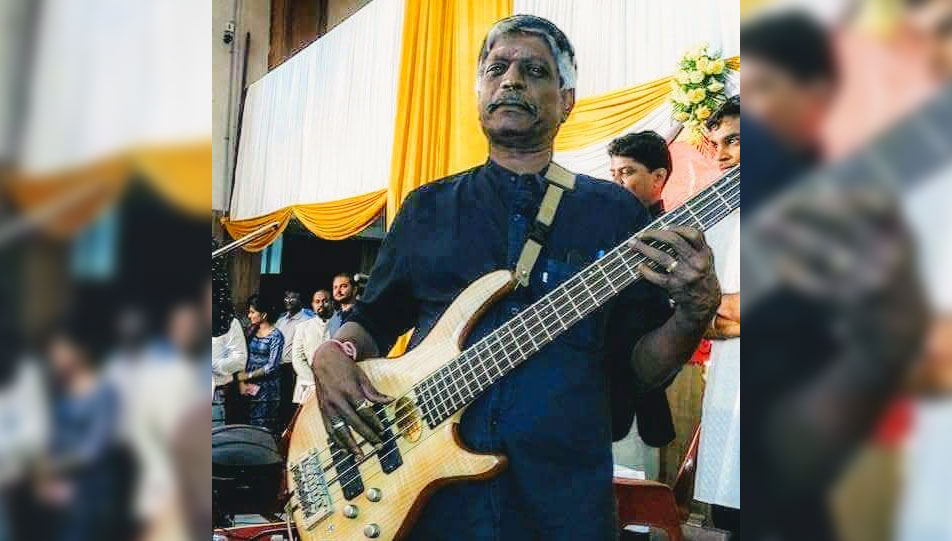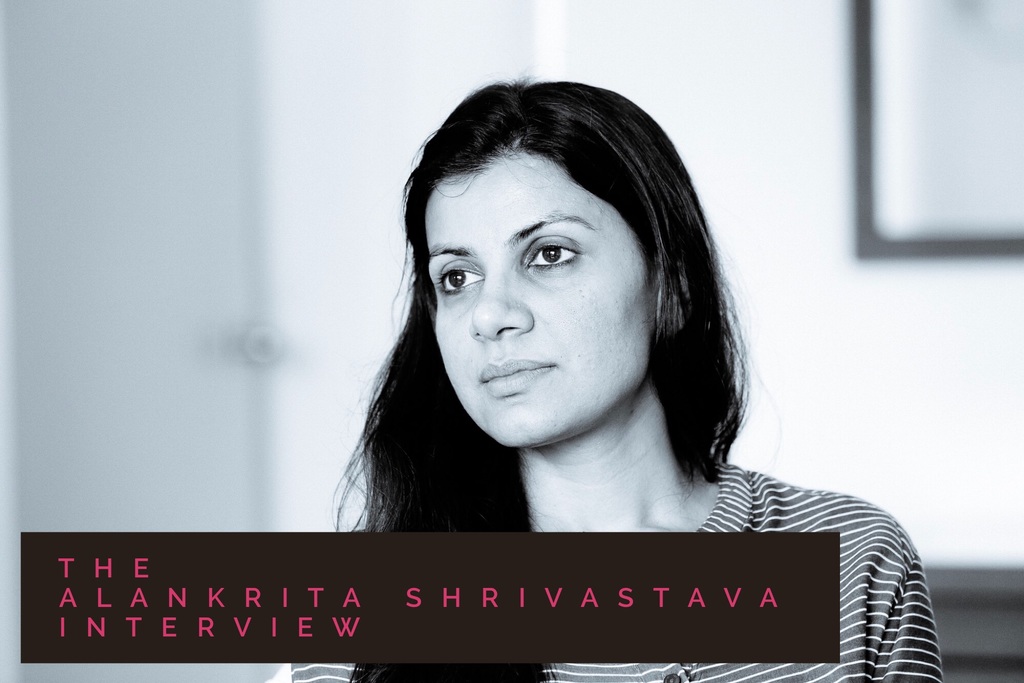As India inched towards its seventh month under partial lockdown due to the ongoing Covid-19 pandemic, Netflix India through its Twitter handle announced Navarasa, a Tamil anthology conceived by directors Mani Ratnam and Jayendra Panchapakesan (co-founder of Qube Cinema) on October 28.
Similar to other anthologies announced by big players in the OTT space, this production saw well-known filmmakers including Gautham Vasudev Menon, Karthik Subbaraj, Ponram, Rathindran Prasad, Halitha Shameem, Arvind Swami, Karthick Naren, KV Anand and Bejoy Nambiar, making the cut.
Ten days before this announcement, Putham Pudhu Kaalai, an anthology showcasing the works of established directors Sudha Kongara, Gautham Menon, Suhasini Mani Ratnam, Rajiv Menon and Karthik Subbaraj premiered on Amazon Prime Video.
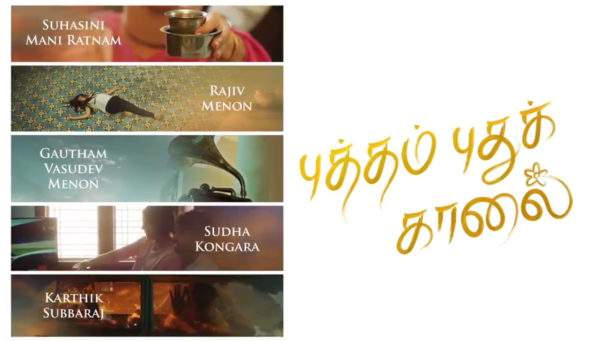
PuthamPudhuKaalaiSeriesFeature
Around the same time, Netflix also announces Paava Kadhaigal, an anthology featuring the works of directors Gautham Menon, Sudha Kongara, Vetrimaaran and Vignesh Shivan.
When Bhargav Prasad, a filmmaker who has pitched several shows to these OTT platforms, heard of these announcements, he said that he was frustrated.
“All the anthologies have the same few names. Five years ago, I was excited about the arrival of new OTT platforms in regional languages, as it looked more democratic and accessible than mainstream cinema. However, after making two shows and having worked on a few more, it all seems like a façade. It is just that the box office numbers have been replaced by algorithms and engagement,” he said.
Bhargav is not alone. Many aspiring filmmakers like him who have been approaching OTT platforms with scripts of feature films, short films and web series, say that although these platforms are encouraging content, the process is long and tedious.
Many filmmakers say that the process, starting from pitching, begins only after three months of approaching OTT forums and can go on for a long time. Some filmmakers do not receive legitimate reasons on why their scripts were dropped, while others barely get a chance to receive replies from these forums.
However, this seems easier for established filmmakers who have recently been part of multiple projects, they say.
Promises
Two years ago when filmmakers Drishya Gautham and Tarana Reddy wrote an anthology series with young people talking about topics like love, gender sensitivity and sex, it seemed like a hopeful time to collaborate with OTT platforms.
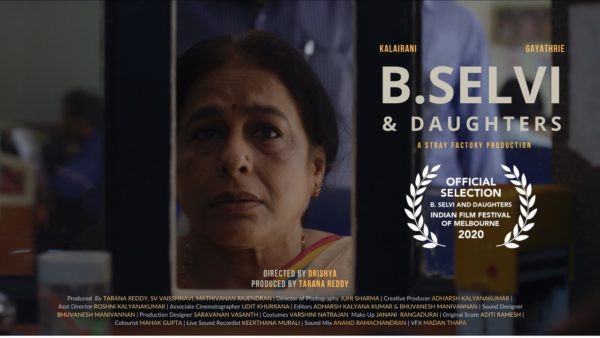
Drishya says that it was when OTT platforms were exclusively looking for original content, both in terms of web series and films.
“OTTs created a space for content, that did not belong anywhere else. This is particularly true for those which could not be mainstream feature films or other content which could be better packaged than a YouTube series. They also initially picked up independent films like Revelations by Vijay Jayapal, which made the project (monetarily) worthwhile for him. It started off well. However, with platforms feeling that they can get better viewership with bigger stars and banners, the tide has shifted,” she says.
There are other functional problems to the world of pitching ideas to OTT platforms as well.
Vinu Karthikeyan who directed Kadhal Settings, a six-episode mini web series with over six lakh views in its first episode during the lockdown, says that it is easier for more established directors to secure their first-level meeting to discuss stories with these platforms.

Requesting anonymity, a source says that just like in cinema, the culture of “connections” and “agents” exists in the corporatised world of OTT platforms too. “It is so much easier to get responses and set up meetings when one chooses to employ or pay agents. However, in order for these middlemen to accept and endorse the script, they must like it too. They act as the first level of censorship and often reject off-beat content. The agents continue to be stuck in time, disallowing corporates to see the full extent of talent,” the source says.
Joe Arputhan, creative producer of Topless, a show that aired on Zee 5, says that many filmmakers are unaware of how to approach platforms regarding their scripts. “Unlike mainstream cinema, there is no narration to producers or stars. The corporates are yet to establish a cadence regarding what must be sent in a filmmaker’s first story pitch,” he says.
Bhargav says that many platforms seek stories that would appeal to a pan-India audience. He says that stories on topics such as crime and sex tend to be more accepted by these platforms. Platforms tend to play safe and go with tried and tested formulas, he says.
“Since they know that anthologies have gained acceptance in the Tamil language category, they are not looking to experiment immediately. Due to this, almost all stories sound exactly alike. They have the same tone, similar characters and repetitive aesthetic. There is hardly any diversity. All people on screen are cis-gendered upper caste men and few upper caste women, since they are the ones making the content,” he says.

Tarana says that though a number of organisations are receptive to having discussions regarding ideas, it takes some time to get the ball rolling.
“Platforms have taken their time with respect to addressing new work in the world of regional cinema. There is lots of exciting and empowering work happening here and they will be missing out if they do not pay attention,” she says.
Freelance writer and creative producer Durgesh Haridas says that since the national offices of some major OTT platforms are headquartered in Mumbai, most executives do not understand hyperlocal content and viable stars.
“They do not realise that the budgets are much smaller here and we can sometimes not afford big Kollywood stars to be part of the project. This causes agony among new filmmakers who produce content with intimate stories of the areas where they live and the slang in which they speak,” he says.
Owing to a larger audience, reach and considerably higher budgets, the number of newcomers getting a break in Hindi cinema is much higher, he says. However, in the south, people are still expected to produce content with big creators and artists who have already made a debut, he adds. Although the trend is changing, the lag remains, he says.
Drishya says that shows like Fleabag, Ramy and I May Destroy You became popular only because OTT platforms were brave enough to back independent voices. “I would love that in India too,” she says.
Silver lining
Vinu Karthikeyan says that he feels both joyful and confused about having the names of bigger directors enter the OTT market.
“Earlier, the world of OTT was looked at as a step below feature films. As more and more popular directors enter this space, it will give many of us the confidence that we too can switch between mainstream and OTT,” he says.
Others add that a larger subscriber base would allow for more viewership in the future as well.
Both Vinu and Bhargav say that YouTube is easier and a more accessible space than all other OTT platforms.
“YouTube is one of those few platforms which has a semblance of democratic value in it. However, this will not work unless one is confident about the number of views it will receive,” Bhargav says.
Vinu says that YouTube is turning into an OTT platform of its own. Several hundred Tamil creators have uploaded their work on the site during the lockdown, he says and adds that it is likely to become bigger in the future.
Contrast
Filmmaker Gautham Vasudev Menon, who was part of Amazon Prime Video’s Putham Pudhu Kalai and will soon be seen in Netflix’s Paava Kathaigal and Navarasa, says that it has not been easy for both new and established filmmakers to put their work out during this time.
“We have approached a lot of platforms with content. I still have not heard back from many of them. There is procedure in place with respect to these platforms. It may be easier for established filmmakers to get that first meeting. However, it all depends on the content which is put out there and it is not the ‘name’ that first stands out,” Menon says.
He adds that the process is similar to that of making a feature film, where novice directors need to have A-list actors on board and deliver two-three good films in order to be noticed.
Recommended
“I think that the avenues have just opened up. I am not saying that anyone is complaining, but there is no point in saying that the ‘bigger guys’ have gotten the opportunity,” says Menon.
He adds that there is very little focus on Tamil content right now but is growing and hopes to see more opportunities in the future.
A spokesperson for Netflix India says that since only two Tamil projects have been announced by Netflix, the organisation will not comment on trends just yet. “Overall, Netflix is an organisation which looks forward to working with new talent, both in front and behind the camera. We have worked with 12 women writers, three first-time writers and eight first-time directors this year. Good stories get the green light. We are just looking to tell different and unique stories,” she says.
The article will be updated when representatives from Amazon Prime Video respond.

